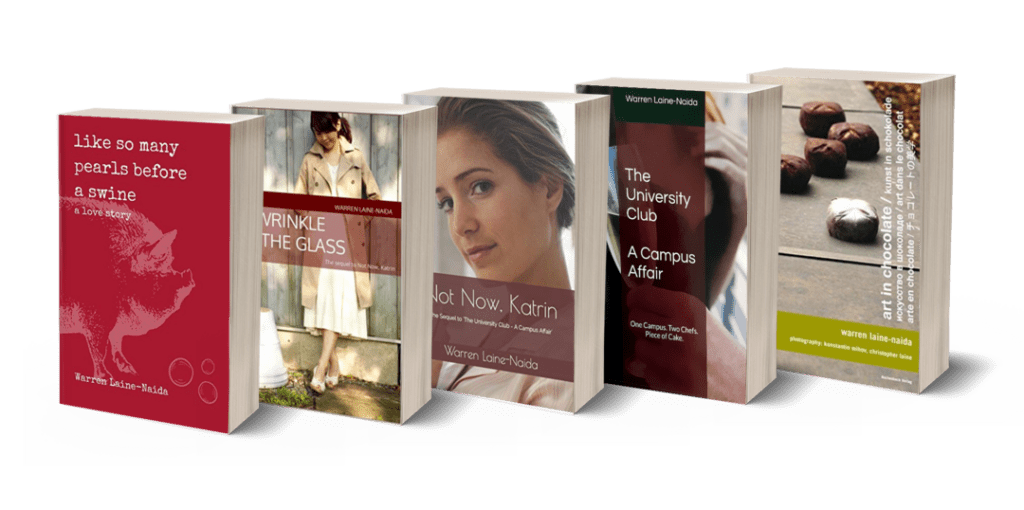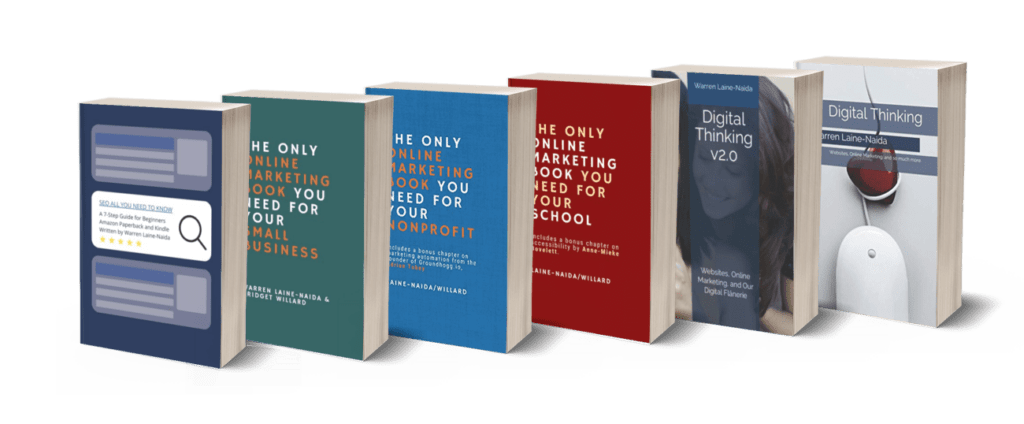Last Updated on August 12, 2025
Don’t Put All Your Content into Just One Media Format
There are many benefits to unplugging. Reduced carbon footprint, reduced dependency on an electrical socket, less chance of breaking a paperback if you drop it or drive over it; and being offline, we can certainly still get things done. However, as long as so many of us are still in Home Office, I guess we won’t be unplugging anytime soon.
Who doesn’t love Home Office? It has its benefits and its drawbacks. I’ve been working from home or a shared workspace for some years now. What changed for me the most was learning and teaching. We’ve been talking about the changes that our digital world is making for some time. School, work, socializing – everything moved inside our homes so quickly.
That can be a good thing, but in many respects, access to digital benefits is often determined not by our willingness to change, but by the ability set by our resources. This is especially poignant when it comes to a child’s (home) education.
Do You Prefer Paper Books, eBooks, or Audiobooks?
I’ve been mostly teaching online since the pandemic began. Much more of my work, and that of my students, has moved onto screens instead of classroom whiteboards. It’s easier to save and curate materials online, but sitting down and staring at a screen for hours on end? We are all adapting to our digital world, but thankfully we still do have print media.
I like to read books for pleasure, and preferably on paper. I can listen to audiobooks, but they aren’t my favourite way to enjoy a story. There are too many other distractions for your eyes. At my age at least, most of us were not trained in school, nor at university, for today’s digital workplace. When I was at university there were not yet bank machines or even CDs!
I have written ten books, three of them with my partner Bridget Willard. My shameless self-promotion can be found at the end of this article. I love to write, and like all authors, I hate to edit. I use a few tools, like Grammarly and Hemmingway, but I always find an error even with a perfect score. Sometimes the error is a typo, sometimes it is simply my wanting to say something in a different way. Each book I read teaches me something about the process, and so each book, in my opinion, is better than the last.
I used to write on paper, transferring that to a typewritten copy, and later, when home computers came of age, transferring that to a floppy disk. I couldn’t write using a laptop or a word processor. Today the process is strictly laptop-first.
“I love the smell of book ink in the morning.”
Umberto Eco
Do You Create Print, Audio, or Video Content for Your Audience?
I discovered something interesting when proofing my last book; it was the first time that I incorporated Alexa into my editing process. I always find errors in the printed book that I never found in the online version. When listening to the book I found errors that I hadn’t found when reading it in the printed version.
The steps I use to edit and proof my books:
- Grammarly and Hemmingway online editors together with that from Word or Google Docs.
- Printed PDF version from Amazon KDP
- Paperback proof of the book
- Audiobook version – Amazon’s Alexa reading the Kindle version
I would advise you to try this extra step. I find it interesting that there are words I miss in the first three steps, only to be discovered in the audio version.
I think it would be interesting to watch a video of each book to see what dramaturgical errors appear on stage that I didn’t perceive in my imagination. I try to watch for that while writing – is the character in the correct spot in the room – are they still holding that fork? – but some things slip by me.
As content creators, we always think about which medium is best for our purposes – context, platform, audience – we think about that all the time. We should probably consider how our message appears in various mediums, and if any of what we want to say is being lost in translation?
“The discrepancies between print and digital results are partly related to paper’s physical properties. With paper, there is a literal laying on of hands, along with the visual geography of distinct pages. People often link their memory of what they’ve read to how far into the book it was or where it was on the page.”
https://www.britannica.com
Words Adapt to the Medium Available and Seize the Moment
Headlines are attention-getting – both online and offline. They are larger than the body of the story so we see them. Then there are sub-headlines. You may have noticed how many more sub-headlines there are in online articles compared with print articles. Those are necessary because we scan when we read online material, so we need the text to be broken apart. Compare your favourite newspaper, paperback or textbook with your favourite website.
Digital change intensified: The corona crisis is accelerating digital change. For example, 57 to 69 % of newspaper users informed themselves about the latest developments in the corona crisis exclusively online. https://editorial-design.com/trends_im_zeitungsdesign_print_online-2
“We read digital [text] more quickly, [so] we think we must understand it better,” explains Lauren Singer Trakhman, who studies reading comprehension at the University of Maryland, College Park. “It’s one of the best parts of our digital world — everything is at our fingertips and we can get the headlines in a second — but it may also be one of the pitfalls. Everything’s so quick and accessible that we may not be truly digesting [what we read] anymore.”
https://www.brainfacts.org/neuroscience-in-society/tech-and-the-brain/2020/reading-on-paper-versus-screens-whats-the-difference-072820
The Upside of Text on Paper: We Blink More, Learn More Effectively, Read Faster, and Die Later
The layout of online text shouldn’t come as a surprise because we have a screen shining a light in our eyes compared to a print article. Our eyes instinctively move faster. They tire faster too. We can develop eye strain from the blue light. The list goes on.
We tend to blink less while staring at the blue light from a screen, and the movement of the screen makes our eyes work harder to focus. Normally, we have a blink frequency of 20 to 40 blinks per minute. This frequency can be reduced to as little as 5 blinks during highly concentrated screen use.
Studies have found reading digital texts breeds overconfidence. When reading several hundred words or more texts, learning is generally more successful when it’s on paper than onscreen. A great deal of research confirms this finding.
Book readers who reported more than three hours of reading each week were 23% less likely to die between 2001 and 2012 than their peers who read only newspapers.
Researchers have found that reading generally is faster than listening. While the average adult can read 250 to 300 words per minute, the ideal talking speed for efficient comprehension is 150 to 160 words per minute.
“Reading is an act of engagement. The words on the page aren’t going to read themselves, which is something they literally do in an audiobook. If you’re not actively taking in written information, then you’re not going to make progress on the book. Audiobooks, on the other hand, make progress with or without your participation.”
https://www.psychologytoday.com/us/blog/friendly-interest/201812/why-listening-book-is-not-the-same-reading-it

Five Novels by author Warren Laine-Naida
Six Digital Marketing books by author Warren Laine-Naida and with co-author Bridget Willard
